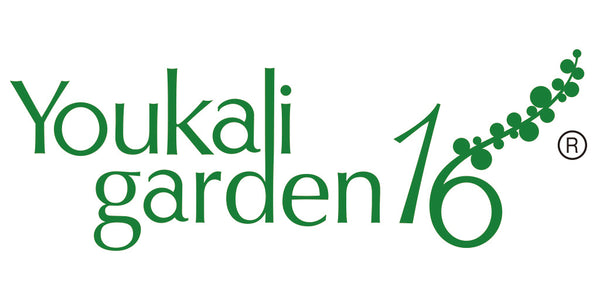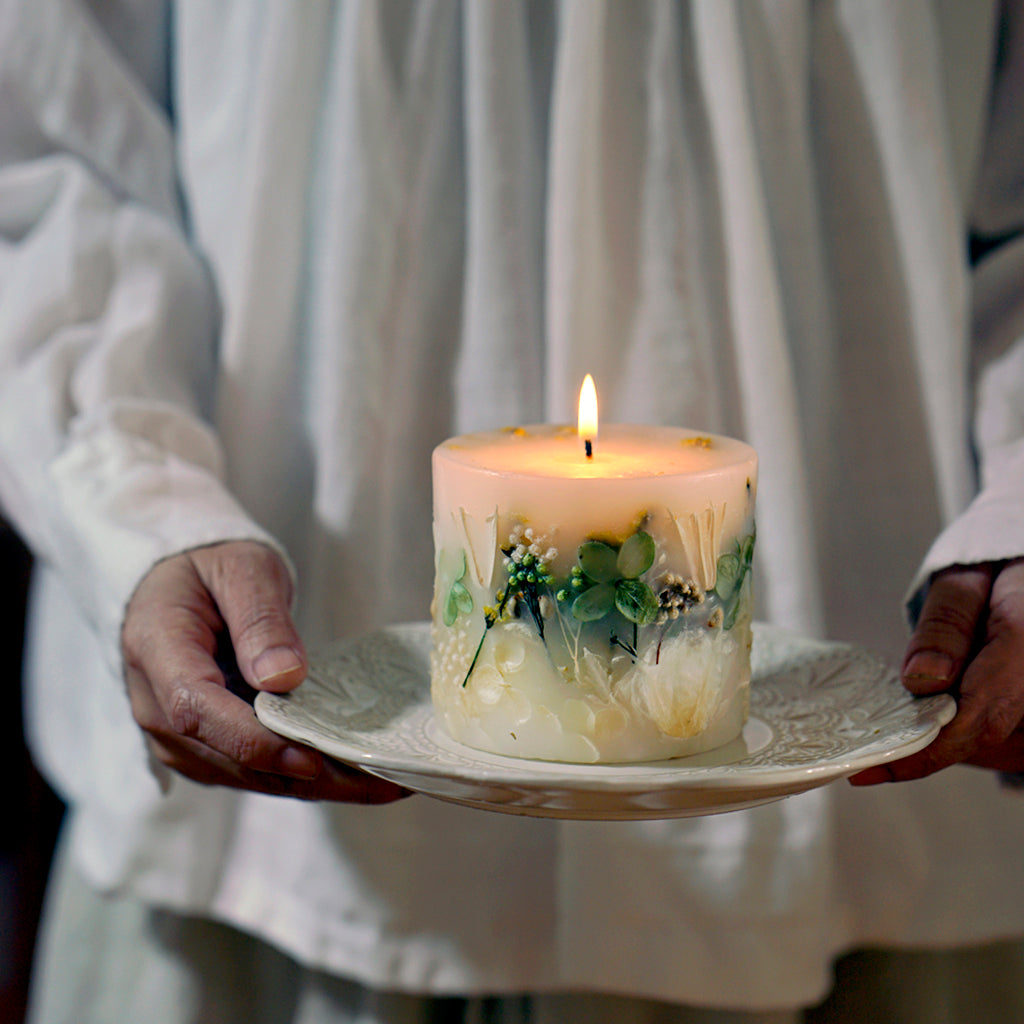Nowadays, there were lots of different essential oils that can used in candle, and there were all extraction from plants. These plants were valued for their aromatic properties and therapeutic benefits. However, not all essential oils are created equal. Some prices that may seem expensive. But why exactly are certain essential oils so expensive? To uncover the truth, let's delve into the fascinating world of essential oil extraction rates.
First, essential oils are derived from various parts of plants, including flowers, leaves, bark, and roots. The extraction process involves carefully obtaining the aromatic compounds from these plant materials through methods such as steam distillation, cold pressing, or solvent extraction. However, what sets expensive essential oils apart often lies in the extraction rate.
What is extraction rate? The extraction rate refers to the amount of essential oil that can give by quantity of plant material. Some plants yield their precious oils more readily, while others require significantly more raw material to produce a small amount of oil.
One example of an essential oil with a low extraction rate is that of the rose. Roses are known for their floral fragrance, but extracting their essential oil is a labor-intensive process. It takes an enormous quantity of rose petals—often hundreds or even thousands of blooms—to produce a small amount of rose oil. This scarcity of raw material drives up the cost of rose essential oil, making it one of the most expensive oils on the market.


